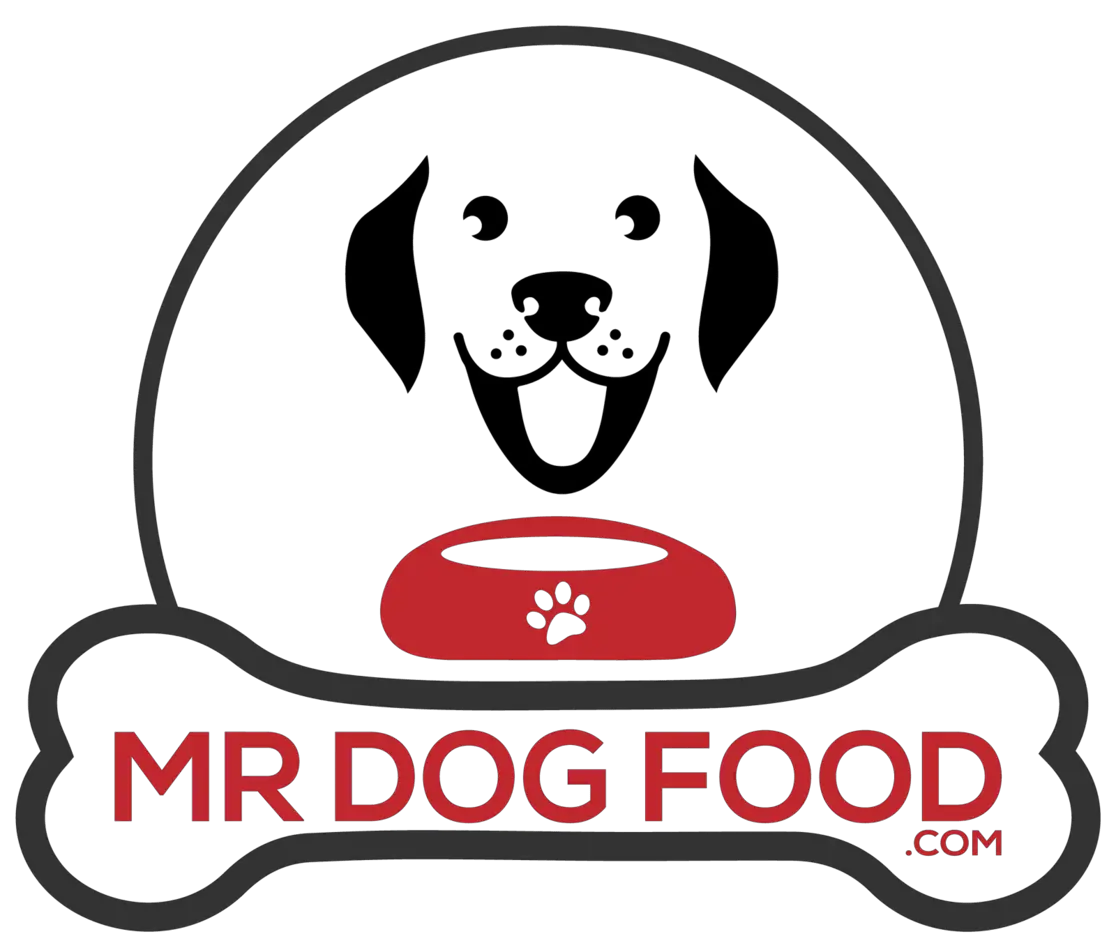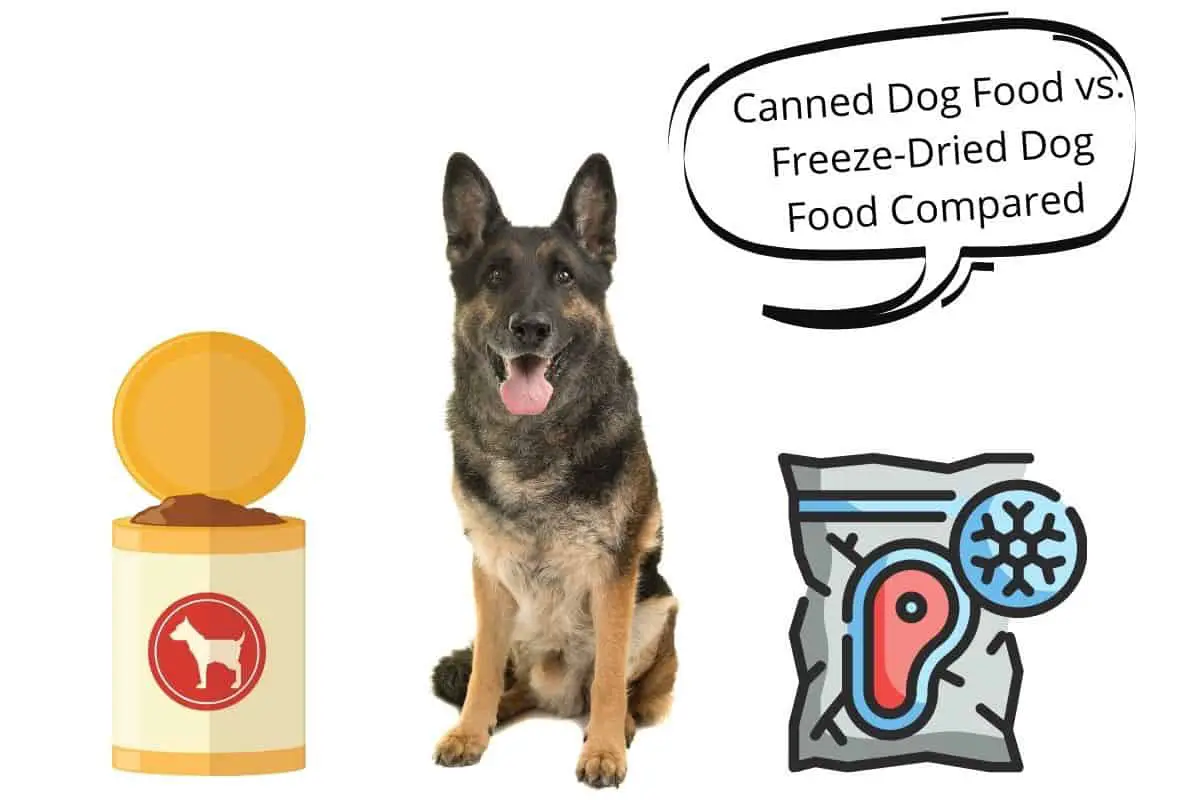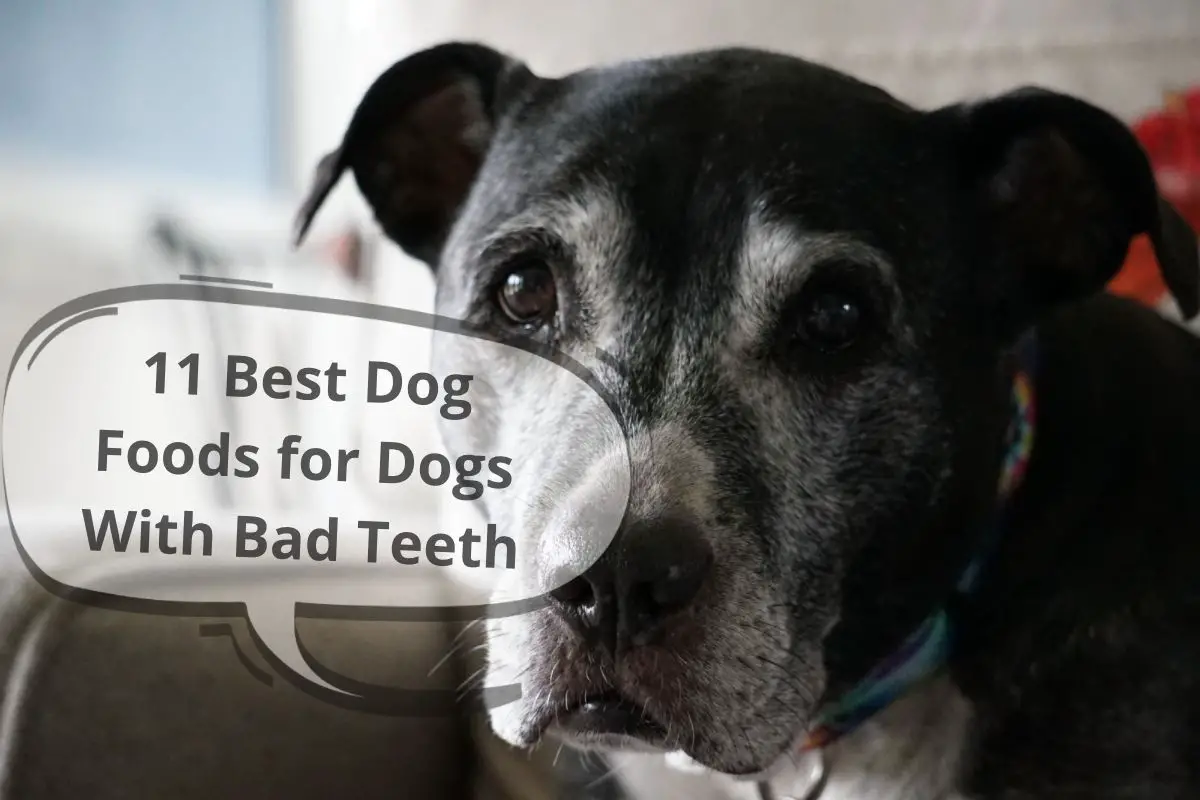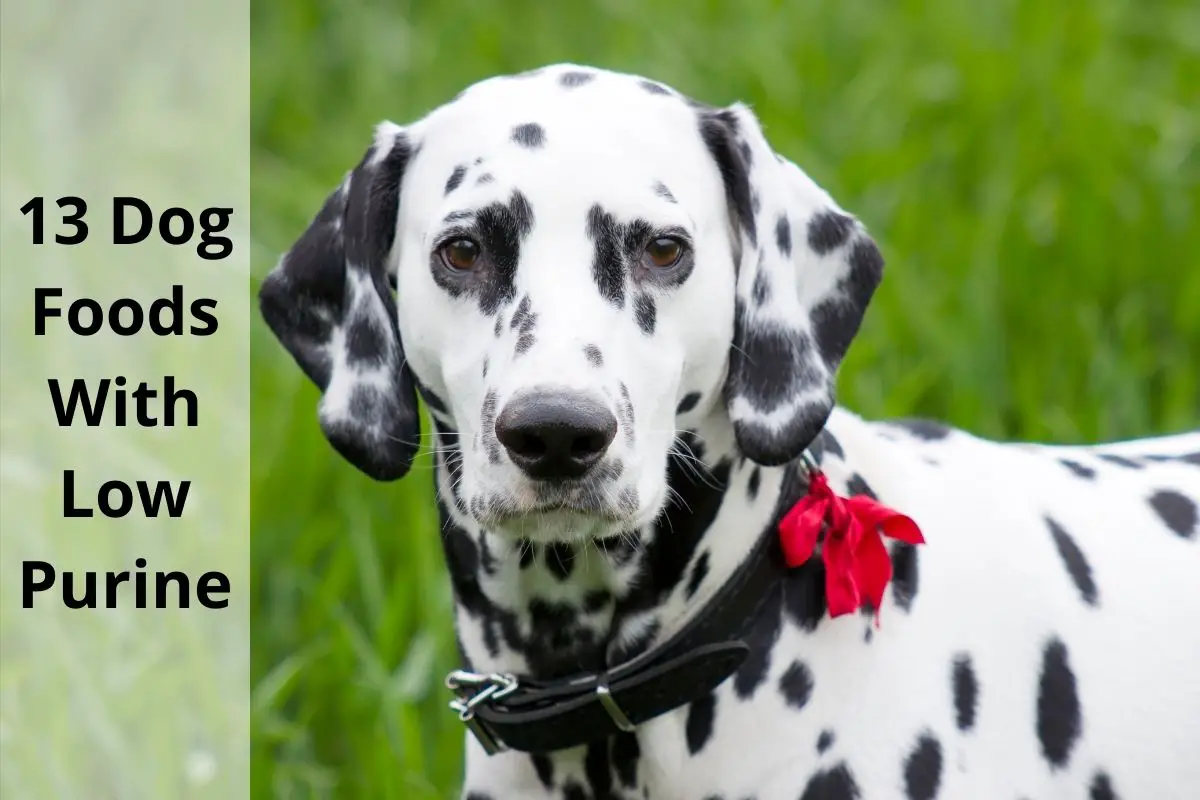This post contains affiliate links.
Canned and freeze-dried dog foods are some of the popular pet foods on the market. They are ideal food choices because they are minimally processed and come with a high shelf-life. But how do the two pet food options compare to each other?
Canned dog food comprises ground meats laced with vitamins and minerals-rich gravy, cooked at low temperatures before being vacuum-sealed in a can. Freeze-dried foods contain a blend of raw meats, veggies, and fruits at subzero temperature and high pressure to remove up to 99% of their moisture.
In this piece, we’ll examine each of these popular pet food options for insights on how they’re made, their benefits, and any potential drawbacks you should know. By the end of the article, you’ll be better placed to make the right choice for your pet.
Table of Contents
Canned Dog Food: A Basic Overview
Also known as wet dog food, canned dog food is one of the best nourishments for your canine friend on the market. It’s growing in popularity as dog owners seek better and healthier ways to feed their pets.
The highlight of canned dog foods is that they undergo minimal processing, unlike the more common dry foods. Minimal processing translates into healthier, nutritious, and tastier goodness for your beloved pet.
Since canning is a delicate industrial process, most canned dog food is commercially produced. Manufacturers pay special attention to the production process and choice of ingredients to ensure the food retains its taste and nutritional value:
- Milling raw ingredients. While raw ingredients and recipes differ between pet food manufacturers, meat is the primary ingredient in canned dog food. They grind large batches of fresh or frozen meats and mix them with a gravy heavy in minerals and vitamins. Some brands include small amounts of grain in their products.
- Mixing and cooking. The ground raw ingredients are thoroughly mixed in a blender and partially cooked by raising the temperature. The low-heat cooking process denatures the protein while gelatinizing the starch, improving the dog food’s taste, texture, and flavor. Since the canned food is low on carbs, it’s never cooked under high temperatures like the dry variety.
- The canning process. After the cooking process, the food is transferred into a seamer machine for packaging. The machine fills the can with set amounts of food before sealing them. The next step entails vacuum sealing to preserve the food’s freshness and avoid spoilage.
- Sterilization. The sealed cans of dog food are then sterilized at 121°C for three minutes to eliminate harmful microbes such as Clostridium botulinum. After the sterile cans cool down, they’re labeled and shipped out to the market.
Each batch of canned dog food ships out with an expiry date stamped at the bottom of the can. With proper handling and storage, canned dog food can keep for 2 to 5 years.
Always check the expiry date when shopping for canned dog food to avoid buying an expired batch. While canned food past its expiry date won’t harm your pets, it’s not ideal as it starts to lose its nutritional value.
Ideally, your pet should consume the entire content of canned food on the same day. If your dog is small and can’t finish a whole can, cover the remainder with a tight-fitting lid and preserve it in the refrigerator.
Never keep an open can of dog food in the fridge for more than three days as it could lead to food poisoning.
Pros of Canned Dog Food
- No additives. The canning process uses vacuum sealing to preserve the food instead of artificial preservatives such as nitrates and nitrites. Since canning allows the food to retain its original taste and flavor, there’s no need for artificial flavors and coloring. Some additives and preservatives are harmful to your dog.
- Higher protein content. Since meat is the primary ingredient, canned dog foods make for a protein-rich diet for your pets. Reputable pet food manufacturers use real meat instead of meat by-products. The high protein content is desirable in dog food because it doesn’t lead to unhealthy weight gains.
- Flavorful. Minimal processing ensures that wet dog foods retain flavors, juices, fats, oils, and nutrients. Keeping the original flavors appeals to the dogs who have a keen sense of smell. Picking out the smell of some of their favorite treats makes the food palatable and enjoyable to them.
- Promote weight loss. Canned dog foods are filling because they have high moisture content. They are ideal for pets that don’t like taking water or are on the heavy side. The low carb content makes for a lean diet that promotes healthy weight loss while letting your pet build muscles.
- Easier to chew. Canned dog food is ideal for puppies, elderly dogs, and those with dental and health issues. Since the food is soft, it’s gentle on the jaw and easier to digest. A sick pet can easily chew and swallow the food, unlike the hard and crunchy kibbles, hard on the jaws and the stomach.
- It’s healthier. The ingredients in canned dog food include choice meat cuts, vitamins, antioxidants, organic vegetables, fruits, and minerals. It comprises real-food that addresses a dog’s nutritional needs and tastebuds. And your canine friends get healthier from eating wet food.
- Eliminates bloating. Canned dog food is an ideal choice if your dog is prone to bloating. The solid constitution and high water content of wet food make it gentle on the dog’s stomach while preventing dehydration. It also helps to eliminate gulping, as is the case with dry foods. Great Danes and other barrel-chested dogs prone to bloating benefit greatly from eating wet food.
- Long shelf life. Vacuum sealing and sterilization during the canning process gives canned dog food long shelf life. A can of dog food can last between 2 and 5 years, sometimes more, with proper care and storage. It’s best to check the expiry date as foods that outlast their sell-by dates have lower nutritional value.
Cons of Canned Dog Food
Despite numerous advantages, canned dog foods have some setbacks, including:
- It’s pricey. Canned dog food is primarily made of meat and other high-quality ingredients, which are often costlier. The health benefits your pet derives from this food make the extra cost worthwhile.
- Low-quality ingredients. Some dubious pet food manufacturers aren’t above using inferior ingredients. Checking online reviews can help you identify dubious brands and avoid their products.
- Some brands use cans with BPA. Some wet dog food brands package their products in containers that may contain this endocrine-disrupting chemical. A thorough review of the company’s reputation can help avoid this health hazard.
Freeze-Dried Dog Food: A Basic Overview
While freeze-drying dog foods have only now become mainstream, the concept has been around for a while. The freeze-drying idea started with ancient Incas storing their harvests high up in the Andes Mountains and letting the freezing temperature vaporize the water in the frozen foods. The dry-freezing process has only gotten more refined since then.
Modern-day freeze-dried dog food is made by removing the water in the frozen raw ingredients, primarily meat, with occasional veggies and fruits, in a freeze drier. Freeze-dried dog food comprises raw ingredients with minimal processing:
- Freezing. The raw ingredients are frozen at subzero temperatures to turn the moisture content into the ice while preserving the nutrients.
- Sublimation. A vacuum pump removes the air pressure from the freeze-drying machine. The process turns the ice into water vapor, hence the name sublimation. This step takes several days and removes about 98% of the food’s moisture.
- Packaging. The freeze-dried food is packed in airtight containers and shipped out to distributors. With proper packaging, freeze-dried dog food has an incredible shelf-life.
Freeze-drying effectively increases the food’s shelf-life because removing the water makes it impossible for microbes to survive. That eliminates possible pathogens without any heat application.
Raw food diets often carry disease-causing bacteria such as Listeria monocytogenes and Salmonella.
Most pet food manufacturers subject the food to High-Pressure Pasteurization (HPP) before it’s freeze-dried to improve food safety. It entails subjecting the ingredients to extreme pressure to kill the pathogens without comprising the nutrient content.
Since it entails no heating, the freeze-drying process effectively preserves the nutrients in the raw ingredients. When the high-quality protein in raw beef, turkey, chicken, and salmon is frozen, they retain most of their nutrients.
By preserving the raw ingredients’ nutritional content, freeze-drying delivers a nutritious, shelf-stable dog meal that’s safe and lightweight.
However, it’s essential that you not freeze-dried dog food might be brimming with nutrients, but it’s technically raw.
Pros of Freeze-Dried Dog Food
- Convenient. Freeze-dried food comes with the convenience of kibble because you only need to scoop and serve. It means you can take the dog food with you on the road without worrying about spoilage. It’s lightweight and compact to readily fit in a backpack when going camping or traveling with your pet.
- Highly nutritious. Freeze-drying leaves the nutrients mostly intact while allowing probiotics, enzymes, and fats to retain their quality. The meats retain their amino acids and proteins to ensure the dog gets enough dietary protein from each serving.
- It contains bones. The dry-freezing process makes it easy to include bones in the food. Bones are an essential source of minerals such as calcium and other nutrients. Chewing on a bone stimulates salivary enzymes, prevents gum disease, and plaque buildup on the dog’s teeth.
- Protein-rich. The best freeze-dried dog food follows the prey model to contain organ meat, muscle meat, bone, and omega-3 oil such as herring. These are high-quality protein sources that your pet will enjoy. Quality protein sources provide your dog with essential amino acids to build muscles, hair, tendon and synthesize hormones.
- Convenient. Freeze-dried dog food is ready to eat out of the package, making a handy choice when you’re on the road traveling with your dog. Rehydration is not a mandatory requirement when feeding this food to your dog. However, rehydrating freeze-dried dog food makes it easier to digest and more palatable.
- Long shelf life. Freeze-dried dog food has a shelf-life of between 1 to 5 years. The sell-by date is often indicated on the package. It’s best to store freeze-dried dog food in a cool, dark place like a pantry. Freeze-dried dog food retains its delicious taste and potent smell for about 30 days after opening the package. It’s best to consume it within 30-days.
- No preservative. Freeze-dried dog food comprises minimally processed food ingredients with no chemical additives or preservatives. Freezing the food at subzero temperatures and purging almost all the water is enough to preserve the food. Removing up to 99% of the moisture makes the food uninhabitable by microbes.
- No starch. Superior freeze-dried dog foods are starch-free and comprise quality meats such as beef, chicken, fish, and lamb. Some low-cost formulas add starchy ingredients, which isn’t ideal. Starch in dog foods leads to unhealthy weight gains, which can herald other health problems. Dry foods such as kibble are high on starch because they use it as a binding agent.
- It’s not dead food. Since the freeze-drying process doesn’t entail heat, freeze-dried dog food is a ‘live dog food’ without the risk of making your pet sick. It has all the benefits of a frozen raw diet minus the need for specialized storage, handling, and disease-causing microbes.
Cons of Freeze-Dried Dog Food
For all its advantages, freeze-dried dog food comes with some drawbacks that you should know:
- It’s pricey. Since most freeze-dried dog foods are primarily meat diets, they’ll be more expensive than other formulas. However, the health benefits to your pets can justify the cost.
- It’s primarily raw. Freeze-dried foods use raw meat ingredients which some dogs fed on processed foods such as kibble might find disgusting.
- Quality varies. Some brands use inferior meat products and poor sterilization methods that could put your pet’s health at risk. Vet the pet manufacturer thoroughly before buying freeze-dried dog food.
Conclusion
Canned dog food comprises a rich protein source enriched with minerals, other nutrients, and starch. The ingredients are lightly cooked over low heat before they’re vacuum-sealed in a can to give them a maximum 5-year shelf life. It’s also known as wet dog food due to its high water content.
Freeze-dried food comprises raw ingredients like meats, fruits, nuts, and veggies frozen under low temperature and high pressures to remove up to 99% moisture. The ingredients undergo High-Pressure Pasteurization (HPP) to kill microbes. This dog food is crumbled into nuggets that can be served with or without hydration.
Related Articles
- Everything You Need To Know About Canned Dog Food vs. Raw
- Daily Canned Dog Food Feeding Quantities (With Examples)
- Canned Dog Food vs. Homemade (Which Is Best?)
- 4 of the Best Places To Store Canned Dog Food
- A Guide to Heating Canned Dog Food (How and Why To Do It)
- Common Ingredients of Canned Dog Food Revealed
Sources
- Wellness Pet Food: What are the Benefits of Freeze-Dried Dog Food?
- Pet Coach: What is Freeze-Dried Dog Food?
- Dogs Naturally: Freeze-Dried Dog Food: The Pros and Cons
- Dog Food Insider: Freeze-Dried Dog Food
- Wellness Pet Food: What are the Benefits of a Freeze-dried Dog Food?
- Whole Dog Journal: Which Type of Dog Food is Best?
- Dog Food Advisor: Canned or Dry Dog Food… What’s the Better Choice?
- Homes Alive: 13 Canned Dog Benefits
- How to Store Canned Wet Dog Food (& how long does it last?)
- Dog Food Insider: How is Canned Dog Food Made?
Mrdogfood.com is a participant in the Amazon Services LLC Associates Program, an affiliate advertising program designed to provide a means for sites to earn advertising fees by advertising and linking to Amazon.com. We also participate in other affiliate programs which compensate us for referring traffic.




